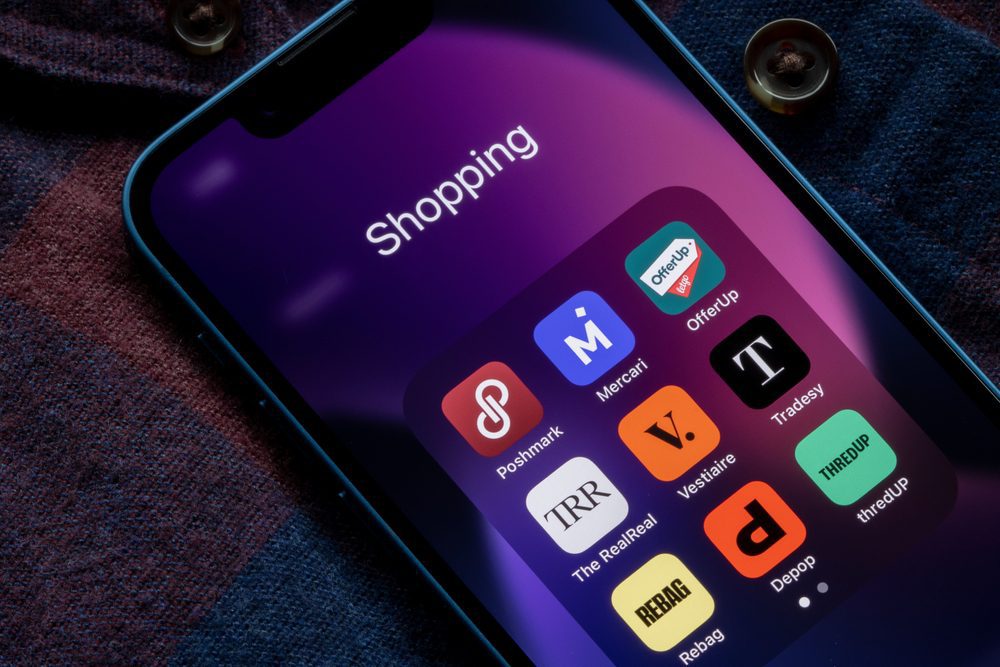
Are you someone who’s prone to buying shiny objects in the store window? Well, you may have a shopping addiction. When you think about addiction, you probably think about drinking, smoking, or gambling. Today we’ll talk about shopping addiction, which can also be devastating.
It can seriously impact someone’s finances and affect relationships with family members and friends. Luckily, there are ways to stop compulsive shopping, but before describing them, let’s see what exactly it means to have a shopping addiction and what this has to do with the hedonic treadmill.
The hedonic treadmill is the tendency of an individual to return to the same level of happiness despite achieving certain goals. One of the main reasons why people buy fancy things that they don’t really need is that they believe they will make them happier.
Yet, these things usually make someone happier for a limited amount of time because we tend to return to a “normal” level of happiness. As a result, it’s easy to get stuck on a treadmill, always chasing that everlasting high that never seems to come.
So it’s important to get off the treadmill, break the cycle, and find ways to stop wasting money on things you probably don’t need.
Here’s how to do this!









